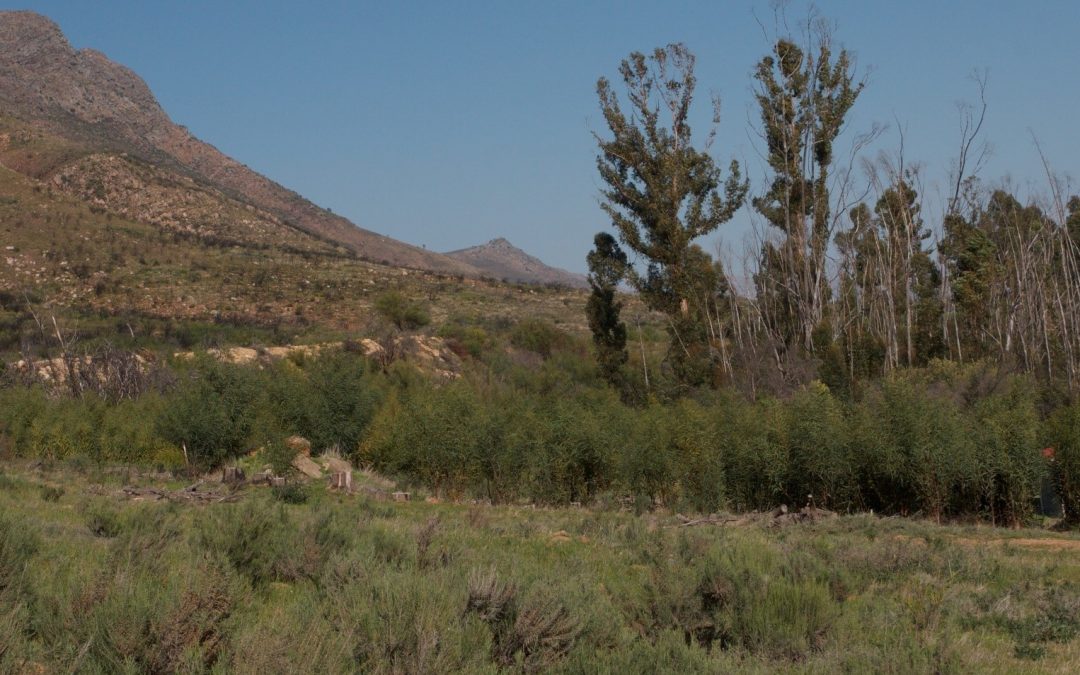With a changing climate, it becomes crucial to understand how organisms experience temperature in their habitats. For terrestrial animals, air temperatures translate into a wide array of microclimates on the ground, depending on habitat features such as topography and vegetation. Ectothermic species take advantage of this thermal diversity to regulate their body temperature by moving around or taking shelter. But what happens to the thermal heterogeneity of habitats when non-native plants alter the vegetation structure of habitats or when the macroclimate becomes warmer, or when both threats act simultaneously? And how might animals respond?
At the CL•I•M•E Lab, Raquel A. Garcia and Susana Clusella-Trullas have been investigating these questions for a small tortoise endemic to South Africa, the common padloper (Homopus areolatus). The researchers tracked tortoises in their renosterveld habitats in the Western Cape Province and measured their activity patterns and temperature selection. They also studied how the species’ locomotory performance changed with temperature in the laboratory and characterised the thermal landscapes available to them in native areas both with and without non-native trees.
In the first outcome of this project, published recently in Conservation Physiology, the researchers found mixed effects of non-native trees on the thermal suitability of habitats to tortoises, contingent on the season and the life-cycle stage of the tortoise. Invaded areas became cooler and less exposed to temperatures above the species’ preferred temperature in summer, providing stronger buffering from climate warming. However, thermal heterogeneity decreased, hampering behavioural thermoregulation in sub-optimal conditions. At the same time, unsuitably low ground temperatures became more prevalent and underground incubation conditions became cooler.
These results show the complexity in assessing the impacts of non-native plants and underscore the importance of using a suite of thermal change metrics. This work further illustrates the value of integrating thermal physiological and detailed microclimatic information for a more mechanistic understanding of conservation problems.
Read the paper published in Conservation Physiology
For more information, contact Dr Raquel Garcia at raquel.a.garcia.research@gmail.com


